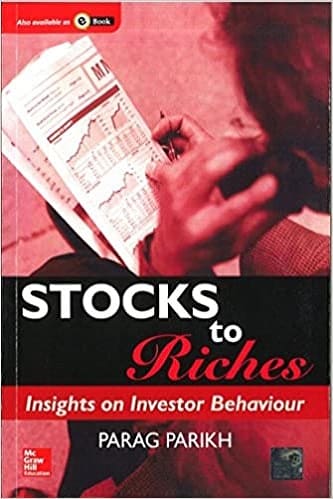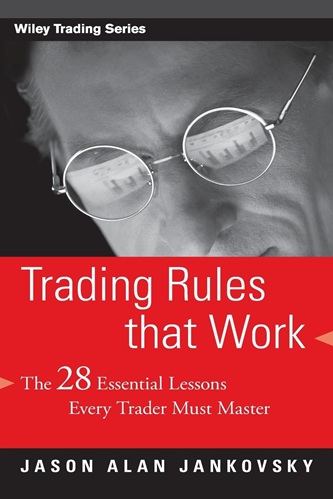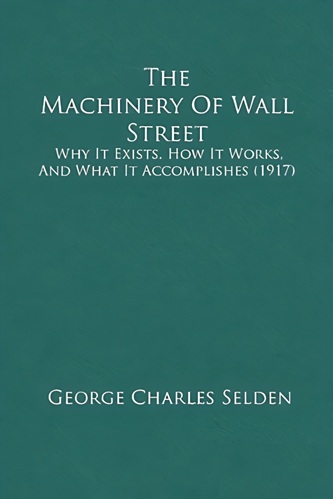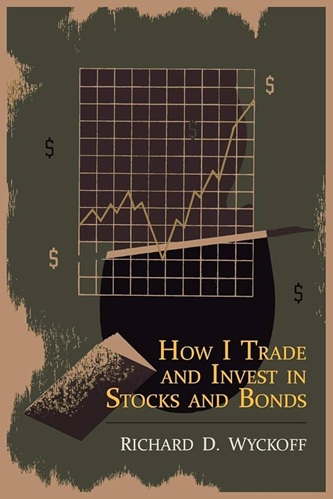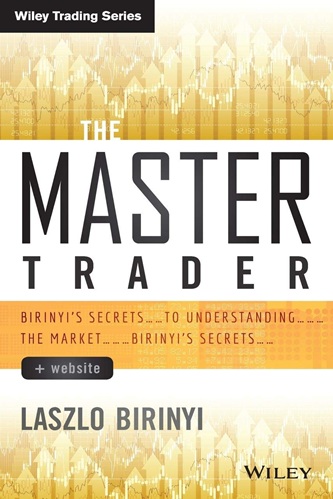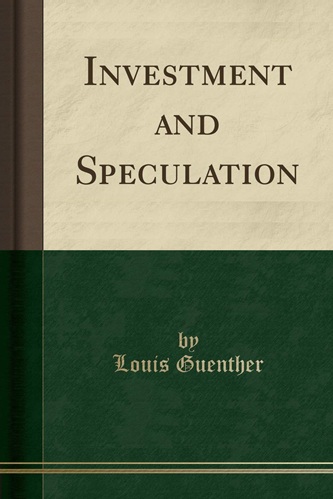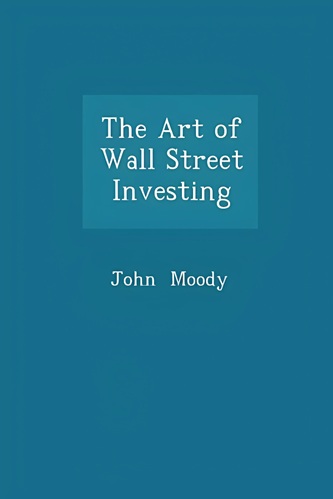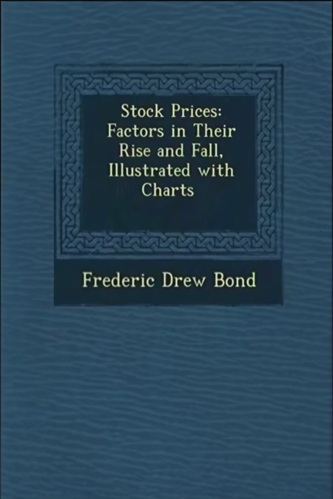Stocks to Riches: Insights on Investor Behavior
$19.95
| Author(s) | |
|---|---|
| Format |
|
| Pages |
128 |
| Publication Year |
2006 |
Stocks to Riches is a distillate of his experience. It simplifies investing in stocks and provides key perspectives for a lay investor venturing into the market. And at the end of the day, Stocks to Riches helps the retail investor make money by following the time-tested and proven guidelines provided in the book.
Author’s Introduction:
Stocks to Riches brings the knowledge of these great thinkers into an Indian context, and helps me to share with you my experiences with various types of investors, fund managers, corporates, the media, and fellow students. As an optimist, I firmly believe that I am writing this book at the start of one of the biggest bull markets in Indian history. It is January 2005. I am sure my experiences will give you new perspectives and help you be a better investor. Simply learning to see the common psychological and cognitive errors in your investment decisions may be enough. You will take a giant step forward.
My chosen profession of stockbroker has served as an ideal vantage point from which I have been able to observe different behavioural nuances and patterns. I have been in touch with various types of investors, fund managers, speculators, traders, etc. Each one has his own agenda, perspectives, goals and thought processes. No one is perpetually right or wrong. The correctness or otherwise of any decision depends upon the sentiments prevailing at a particular time and unsurprisingly, individual confidence levels will fluctuate according to the degree of accuracy in predictions.
Chapter 1 explains what investing really is. It is a confusing subject and means different things to different people. I am sure you will change your perspective of investing as you go through the chapter. Chapter 2 explains the difference between investment and speculation. It is important to know the difference as many people today acquire speculative habits in the error that they are investing. Chapter 3 helps you understand the different ways of investing. The key to successful investing is keeping your emotions under control. This is easier said than done. Chapters 4 to 8 helps you to understand this psychology of Investing. Chapter 4 is an introduction to behavioural finance—how our emotions drive our decision-making, and how those decisions may not be in our best financial interest. We understand why even smart and intelligent people make big money mistakes.
Chapter 5 explains our reactions when confronted with fear, and our behavioural anomalies of Loss Aversion and Sunk Cost Fallacy arising out of our fear of making losses. A plan of action to overcome these anomalies concludes the chapter. Chapter 6 shows how our greed leads us to behavioural anomalies of maintaining the status quo by getting into the Decision Paralysis mode and the Endowment Effect, that is attachment to our possessions. Once you are aware as to why you behave in such particular ways there is a plan of action that can help you to overcome these faults.
Chapter 7 explains the human tendency to treat the same amount of money differently depending on how it has been acquired, the effort taken to acquire the same and when it is acquired. This is in spite of the fact that money is fungible. People have different types of mental accounts and this is reflected in their investing and spending decisions. Understanding mental accounting and following the solutions at the end will help your investing and spending decisions.
Chapter 8 explains mental heuristics. These are the short cuts the brain takes to process information. It does not process the full information. This leads to decision biases. We human beings sometimes follow the rule of the thumb without understanding its implications. We do so because of a habit or a custom or just because everyone is doing it. There is no rationality in these actions. There are different types of biases and an understanding of these will help you understand your own irrationality and that of others. It will also help you better understand stock markets and you will be able to live with its volatility. Chapter 9 is on mutual funds. That open-ended mutual funds are the best form of investments for the retail investor is a myth. It is a mental heuristic. It is an idea, which is past its time. New environment calls for radical thinking and bold concepts. Discard the old—and then only can we embrace the future. Money management is a profession, which unfortunately has been turned in to a business with the advent of open-ended mutual funds. In such a scenario, the new emerging model to serve the interests of the investors would be an individual portfolio manager.
Chapter 10 takes you to the real life on the stock markets. Understand its participants and their behaviour. Understand the true internal working of the markets. You have heard of stock market bubbles. Understand how they are formed and how the different types of behavioural anomalies we have discussed in earlier chapters play their part at different levels of the bubble formation. Booms are always followed by busts and this occurs due to totally opposite behaviour from the same participants. It’s a tug of war between fear and greed and greed and fear. And lastly we come to Chapter 11 “Why must one Invest” and why Equity Investment is the best form of investing. Today, equities as an asset class are the most tax friendly and tax efficient asset class. Equities will form a major portion of every Indian’s portfolio. International investment companies will be attracted towards investments in India.
Contents:
- Investing
- Investment Strategy: Investment and Speculation
- Three Ways of Investing
- Introduction to Behavioural Finance
- Loss Aversion and Sunk Cost Fallacy
- Decision Paralysis and the Endowment Effect
- Mental Accounting
- Mental Heuristics
- Mutual Funds: An Idea Whose Time has Gone
- The Stock Market Bubble
- Why Must One Invest
Stocks to Riches: Insights on Investor Behavior By Parag Parikh pdf

